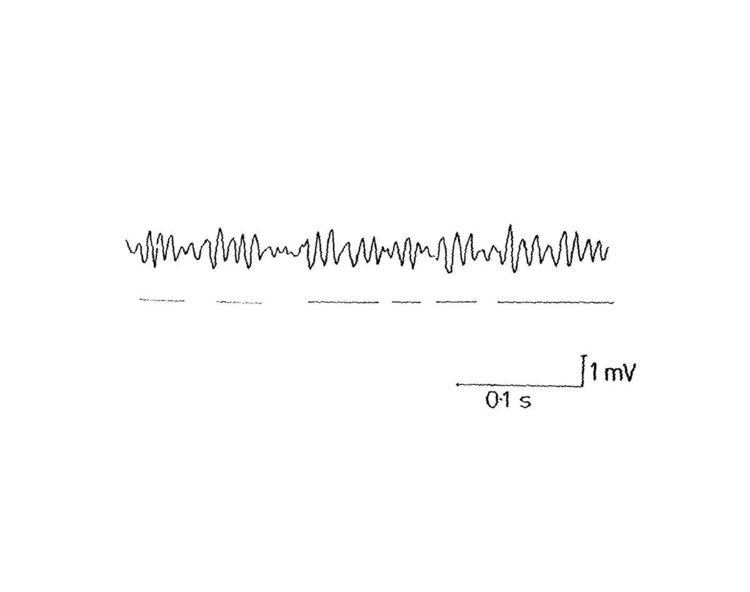 | ||
Ocular microtremor (OMT) is a constant, physiological, high frequency (peak 80Hz), low amplitude (estimated circa 150-2500nm (1)) eye tremor.
It occurs in all normal people even when the eye is apparently still and is due to the constant activity of brainstem oculomotor units. In coma there is a loss of high frequency components of tremor and the extent of this reduction is related to the patient's prognosis (2). Ocular microtremor can potentially help in the difficult diagnosis of brainstem death, as well as monitoring patients while under anaesthesia (3). Abnormal OMT records are seen in neurological conditions such as Parkinson's disease and multiple sclerosis(4). The frequency spectrum also changes with age.
The first description of what is now known as ocular microtremor was made in 1934 (5). It is contentious whether ocular microtremor assists vision. Visual processes deteriorate rapidly in the absence of retinal image motion, with Stabilized Images. Journal of Vision
